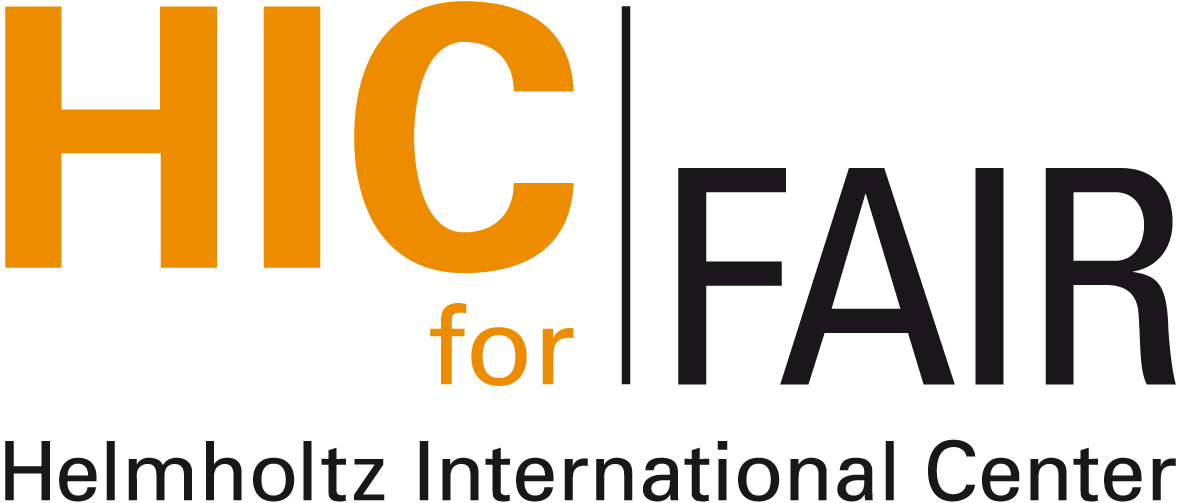\( \newcommand{\dd}{\mathrm{d}} \) \( \DeclareMathOperator{\sign}{sign}
\)
 Nuclear
Physics Colloquium and Transport Meeting
Nuclear
Physics Colloquium and Transport Meeting
Venue: Otto-Stern-Zentrum
OSZ S1
Time: Wednesday, June 03,
11:00 (s.t.) (plus
10min for discussion)
Contact: hees@fias.uni-frankfurt.de
QCD equation of state and
cosmological parameters in early Universe
Paolo Castorina (Università di
Catania, Italy)
After
discussing the effective degrees of freedom in the deconfined phase, the
time evolution of cosmological parameters in early Universe is
studied, near and above the critical temperature, by an equation of
state (EoS) which takes into account the finite baryon density and the
background magnetic field.
The non-perturbative dynamics is described by the Field Correlator
Method (FCM) which gives, with a small number of free parameters, a good
fit of lattice data. The entire system has two components, i.e. the
quark-gluon plasma and the electroweak sector, and the solutions of the
Friedmann equation show that the scale factor, $a(t)$, and $H(t) = (1/a)
\dd a/\dd t$ are weakly dependent on the EoS, but the deceleration
parameter, $q(t)$, and the jerk, $j(t)$, are strongly modified above the
critical temperature $T_c$, corresponding to a critical time $t_c \simeq
20$-$25 \; \mu \mathrm{s}$.
The time evolution of the cosmological parameters suggests that above
and around $T_c$ there is a transient state of acceleration typical of a
matter dominated Universe; this is entailed by the QCD strong
interaction driven by the presence of massive colored objects.
Nuclear Physics Colloquium Homepage
 Nuclear
Physics Colloquium and Transport Meeting
Nuclear
Physics Colloquium and Transport Meeting Nuclear
Physics Colloquium and Transport Meeting
Nuclear
Physics Colloquium and Transport Meeting